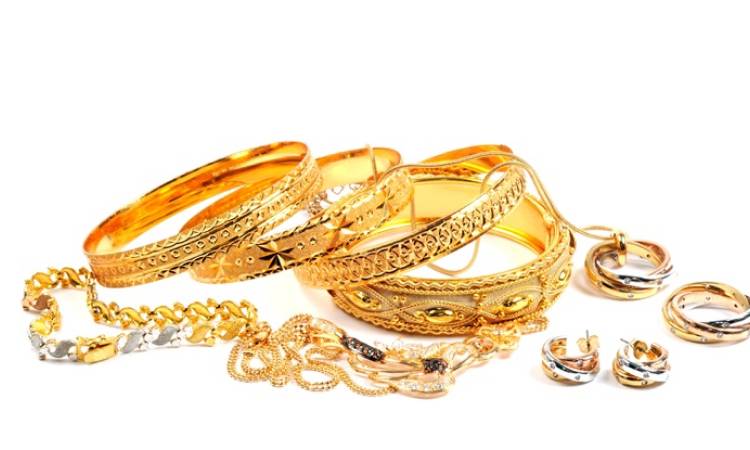Key findings from The Plumb Club’s new consumer study—and what they mean for Indian retailers

As economic pressures and evolving consumer values continue to reshape the luxury goods landscape, understanding what actually motivates jewellery buyers in 2025 is no longer optional—it’s business-critical. The Plumb Club, a US-based coalition of leading jewellery suppliers to major retailers, has released its latest Industry & Market Insights report, offering a data-driven view into today’s buyer mindset. While the study was conducted in the US, its findings strike a chord with consumer behaviour shifts observed across Indian metros as well.
This feature distills the research’s most relevant insights for India’s retail jewellers and manufacturers—highlighting how to adapt store strategy, marketing messaging, and product mix to align with where the customer’s head (and wallet) is at right now.
Quality leads the purchase decision. While 54% of buyers still cite special occasions as the key trigger for buying jewellery, the quality of a piece (31%) is more important than price (24%) in determining what they ultimately buy.
Trade takeaway: Stop competing on discounting alone. Instead, elevate storytelling around craftsmanship, design innovation, and long-term value. Position quality as the core differentiator—even in silver or everyday-wear collections.
With inflation impacting spending confidence, 31% of buyers say they wait for deals before making a purchase, up 2% from 2023. While gold remains aspirational, affordability is driving behaviour—and retailers ignoring this shift risk being left behind.
Trade takeaway: Don’t treat deals and EMI options as taboo. Limited-period offers, festival-specific discounts, and bundled value are increasingly necessary for volume-driven sales—especially in non-bridal categories.
A striking 57% of consumers say financing availability directly motivates purchase—this is no longer just a big-ticket luxury tool, it’s now central to how jewellery is bought.
Trade takeaway: Indian jewellers must move beyond traditional gold savings schemes. Transparent EMI plans, buy-now-pay-later (BNPL) tie-ups, and digital financing tools could become core offerings, especially when catering to Gen Z and millennial buyers. More importantly, train floor staff to lead with this information—not hide it.
A surprising shift: 32% of buyers now rate a brand certificate of authenticity as the most important purchase factor, a 7% jump from the previous year. Independent third-party certifications follow closely at 29%.
Trade takeaway: For the Indian market, this is a wake-up call. Digitise certification. Invest in brand-level authenticity documents. And most importantly, educate consumers about them—don’t assume they know what they’re looking at.
The report reveals significant upward shifts in ethical expectations:
31% value ethical sourcing (+7% YoY)
30% value fair trade labor (+7% YoY)
30% value origin traceability (+8% YoY)
And critically, 47% of consumers are willing to pay a premium for these values.
Trade takeaway: While Indian buyers may not yet demand these practices openly, the shift is coming. Early adopters will win trust faster. Start by auditing supply chains, getting transparent about sourcing, and sharing those stories on product tags, display cards, and websites.
42% of respondents said they prefer shopping with independent or local jewellers, but a jeweller’s website now ranks as influential as friends and family. That’s a massive shift in the discovery funnel.
Trade takeaway: A jeweller’s website is no longer a “digital catalog”—it’s your first line of credibility. Invest in a mobile-optimized, product-rich, and trust-building web presence. And yes—include prices and certifications. The buyer expects it.
Finally, 78% of buyers say they are influenced by a brand’s responsible business practices. If they can’t verify it? 41% say they’re unlikely to buy at all.
Trade takeaway: Don’t bury your ethical practices in the CSR report. Make them a headline story. If you’re using recycled metals, ethically sourced stones, or fair-trade labor—put it on the counter, on the product tag, and on Instagram.
Indian jewellers who are still selling based on price, prestige, or tradition alone are out of step with the modern consumer. Today’s buyer wants trust, transparency, financing flexibility, and a strong ethical core. Retailers who internalize these new motivators will not only stay relevant—they’ll lead.
Be the first to comment